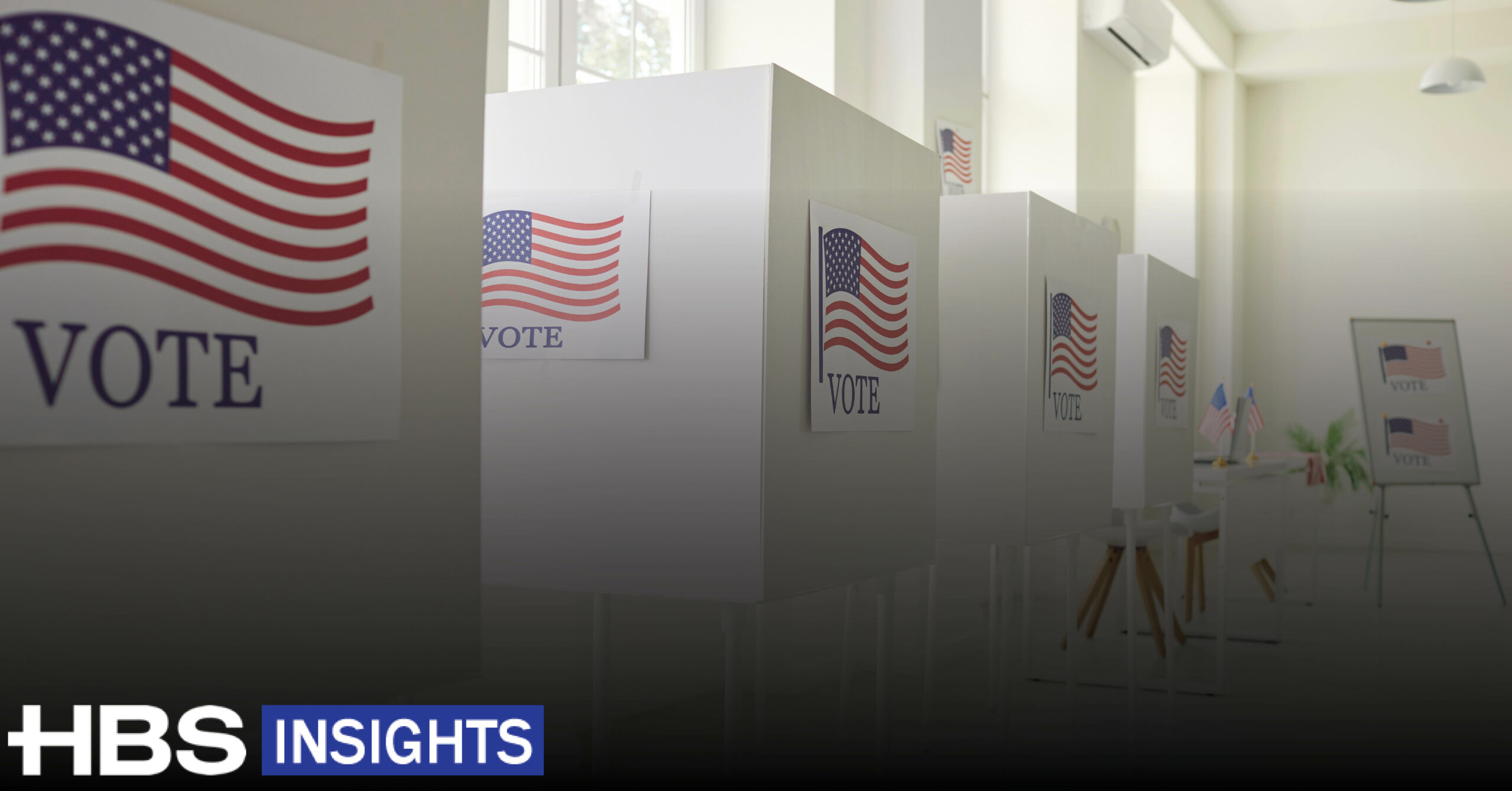The first set of Big Sky Country numbers featuring the now official Kamala Harris-Donald Trump general election pairing, tells us not only how the state will vote in the presidential campaign but could also be a harbinger for deciding the US Senate majority.
Emerson College tested the Montana electorate (polling for The Hill Newspaper; 8/5-6; 1,000 MT likely general election voters; multiple sampling techniques) and found that former President Trump’s lead in the state has remained relatively consistent when pitted against Ms. Harris in comparison with how he was faring against President Biden.
The Emerson numbers project Mr. Trump leading VP Harris, 55-40%. It appears this type of Trump margin is consistent no matter which Democrat he faces. In the last four Trump-Biden polls, from four different pollsters, the former President was found leading the current President by 18 and 20 points. In 2020, the Trump vote margin over Biden was just over 16 percentage points. Four years earlier, Mr. Trump defeated Hillary Clinton within the Big Sky electorate recording just over a 20 point spread.
Emerson also tested the highly competitive Montana Senate campaign, and the pattern found is a familiar one when compared to earlier polls here and in other competitive states. That is, the Republican candidate is running substantially behind Mr. Trump’s standing. In this case, however, while the fall-off from Trump to the GOP candidate is even more substantial than in other key states, retired Navy SEAL and aerospace company CEO Tim Sheehy (R) continues to forge a small lead over Sen. Jon Tester (D).
The Montana Senate ballot test found Mr. Sheehy posting a slight 48-46% edge over the three-term Democratic incumbent. With Trump’s Montana margin likely to grow as the campaign matures, Mr. Sheehy’s position should improve, as well. Therefore, this Senate race has strong potential to flip from Democrat to Republican. Doing so would clinch an outright Republican majority in the new Senate. Coupled with West Virginia, which is a sure D to R flip, a Montana victory would give the GOP at least 51 seats.
Based upon current available data from around the country, these may be the only two conversions the GOP candidates record.
Another top tier challenger race is in Ohio, but the Senate fall-off pattern from Trump’s standing has been consistent in the Buckeye State for months. While Trump leads Harris by 10 points in the one published Trump-Harris survey, Democratic Senator Sherrod Brown tops Republican Bernie Moreno by four and six points according to the two publicly released July Senate surveys from a pair of pollsters.
In Arizona, the last four polls find a split in the presidential race. Ms. Harris leads in two polls with a 3 and 1 point margin, while Mr. Trump is also ahead in two surveys, by 5 and 2 percentage points. The consistent data is in the Senate race, however. In the most recent four polls, Rep. Ruben Gallego (D-Phoenix) leads Republican Kari Lake by 11, 6, 4, and 7 percentage points in chronological order.
In neighboring Nevada, the four most current chronological polls find the race even, Trump up 1, Harris up 2, and Trump up 2. But, Sen. Jacky Rosen (D) continues to record consistent leads over Republican Sam Brown. While the race is closer than in June, the four current polls find Sen. Rosen’s advantage at 3, 5, 4, and 2 percentage points.
While similar patterns exist in Pennsylvania and Wisconsin, the Michigan numbers are the ones that do not always follow the same prototype, but in July they seemed to adopt the same pathway as the other states.
The latest Michigan polls, again in chronological order, find Trump leading by 1 point, the two even, Harris by 11 (the Bloomberg/Morning Consult poll is an outlier when compared with all others), and two more that each found Trump up 3 percentage points.
In the Michigan Senate race, the latest July and early August survey spreads found Rep. Elissa Slotkin (D-Lansing) leading ex-Rep. Mike Rogers by 5, 5, 4, 8, and 3 percentage points. Additionally, the Michigan preliminary August 6th primary turnout figures, where both Slotkin and Rogers racked up big intraparty wins, reveal about 50,000 more Democrats than Republicans cast ballots. This is another positive sign for Rep. Slotkin.
Therefore, while the Harris-Trump campaign appears to be locked in a dead heat, the commensurate Senate data from around the country sees the Republicans taking the Senate majority, but not exceeding the bare minimum 51 total. The remaining 13 weeks in the campaign cycle will certainly tell the tale in all of these campaigns.
We offer this political insights report for your information and not as a predictor or representative of opinions of HBS or its employees.
